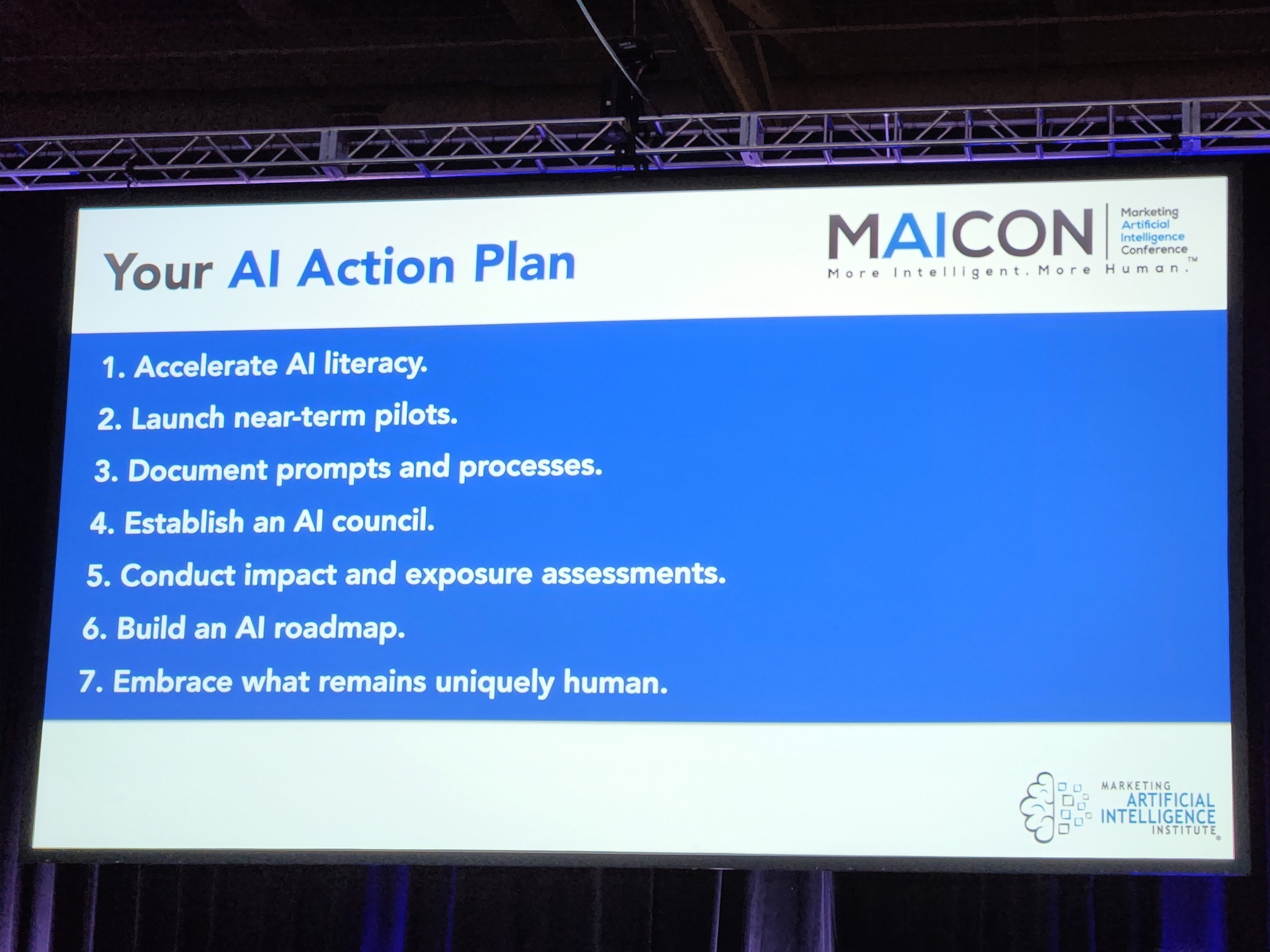author
William McKee
Anyone who has ever tried their hand at SEO knows that there are many elements to the process and attempting to optimize each and every one can be overwhelming – especially if the concept of search engine optimization is a relatively new one for you. Maybe you’ve even wondered to yourself why you can’t just send search engines a cheat sheet that tells them exactly what to look for on your website and where to find it.
Actually, there is something that works very much like that. It’s called a sitemap and it essentially works as a roadmap to help search engines like Google more efficiently crawl your site and put the right pages in front of the right users.
Sounds like a dream come true, right? Well, to get the most out of a sitemap you need to not only have a solid foundational understanding of what it can and can’t do for your search engine marketing, it’s also important to understand how to optimize it for maximum performance. We’re here to tackle both of these topics, so let’s begin.
Demystifying the Sitemap
A strong digital presence is crucial for businesses today, regardless of the industry they’re in. Consumers have reached the point where they just naturally assume that all businesses should be easy to connect to online and at the very least have an efficient website. Considering that search engines can put millions of results in front of users within less than a second, why wouldn’t they have an expectation that they shouldn’t have to work too hard to find what they’re looking for.
What consumers don’t see is everything that goes on behind the scenes to produce the search results that magically appear on their screen. There are plenty of players in this game, including sitemaps.
When a search engine is crawling through your site, they will hit on every piece of information, no matter how irrelevant to your search engine rankings – unless you put something in front of them that makes the process easier and tells them exactly where to look. Sitemaps are tools that allow you to organize the content on your site while making it easier for search engines to find and prioritize it. Think of a sitemap as the ultimate flowchart in the digital world.
Let’s use a little analogy to help you better understand why a sitemap is beneficial. Say you’re house sitting for a friend. You’ve been to their house and are familiar enough with the layout that you feel fairly comfortable there, but you’ve never really had the need to find anything on your own when you’ve visited.
Anything can happen while housesitting and the last thing you want to be doing is scrambling to find the towels when the sink springs a leak. If you couldn’t find the towels fast enough you might go for the first thing you could find – like their really expensive sheets. They’ll soak up the water, but they weren’t the best option. If only they had provided a map of where the important stuff was you would have been able to zero right in on the best solution. This is what a sitemap does for your SEO.
Sitemaps allow search engines to crawl and index your pages intelligently and they serve as a guide to placing the right pages and the best content in search engine results pages.
But, does every website need a sitemap? Some might say that they’re only really important for web design that’s large and complex. We disagree. Sitemaps are relatively simple to implement, they’re beneficial for organizing your web pages and content, and at the end of the day, they do nothing but good for your website - no matter how large or small it is.
Optimizing Your Sitemap
Creating a sitemap is relatively easy thanks to the many great tools that are available – Dyno Mapper and Screaming Frog are two examples. Tools like these take the mystery and stress out of generating sitemaps by taking care of all the technicalities for you. What’s really important for you at this point is organizing your pages within the sitemap so that they’re optimized for lead generation, local SEO and other primary components of your digital marketing strategy.
If your sitemap directs crawlers to pages that serve no relevance to your users, then you’re missing out on the benefits entirely. There are pages on your website that are essential to have, but not at the top of the list for every visitor – for example, there’s really no point in trying to rank your log-in page.
This means you want to really focus in and prioritize the pages that matter most to your audience and do the best job of illustrating your value, authenticity and authority to both search engines and the people using them.
You’ll likely start with your homepage but where do you want to go from there for optimal SEM? What pages of your web design are the most important for your visitors? What are the goals you want to accomplish with your website? These answers will help you formulate a plan for prioritizing pages within your sitemap.
Most web developers would agree that high quality content pages deserve priority placement. For example, the pages that have been highly optimized for SEO or conversion. Likewise, pages that feature high performing elements like engaging video or unique blog content that’s drenched with value.
Pages that get lots of user interaction should also earn priority placement in your sitemap. Including pages that feature customer reviews and testimonials, which provide the validation that customers and search engines need in a highly competitive digital landscape.
Sitemaps are crucial tools for today’s businesses. We’re the web design company that wants to help you get maximum traction from your online presence. As a digital marketing agency, we’ve generated
success for businesses just like yours and we’re ready to do the same for you. If you’d like to know more about optimizing your sitemap for success, then contact Knowmad today and let us show you what real results look like.
.webp?width=900&height=548&name=wyatt-mobile%20copy%20(2).webp)


